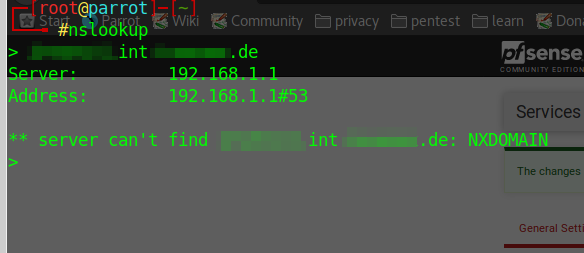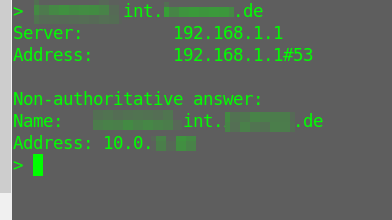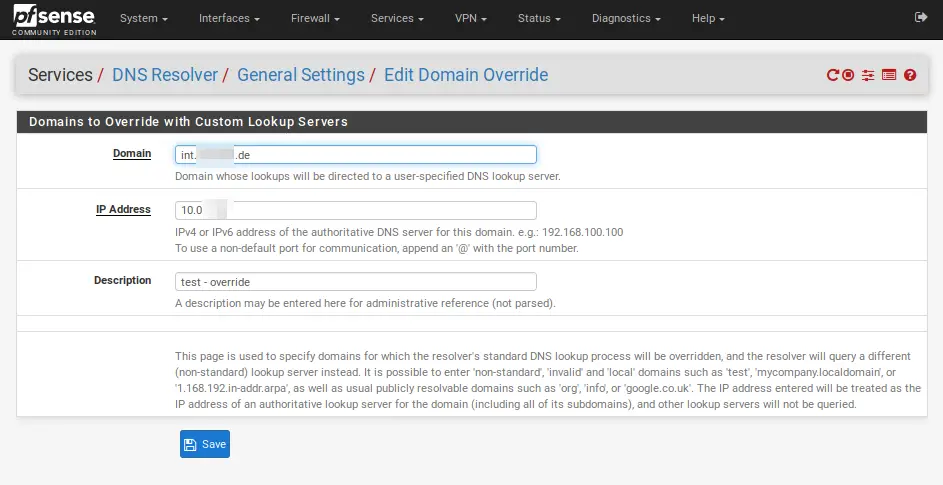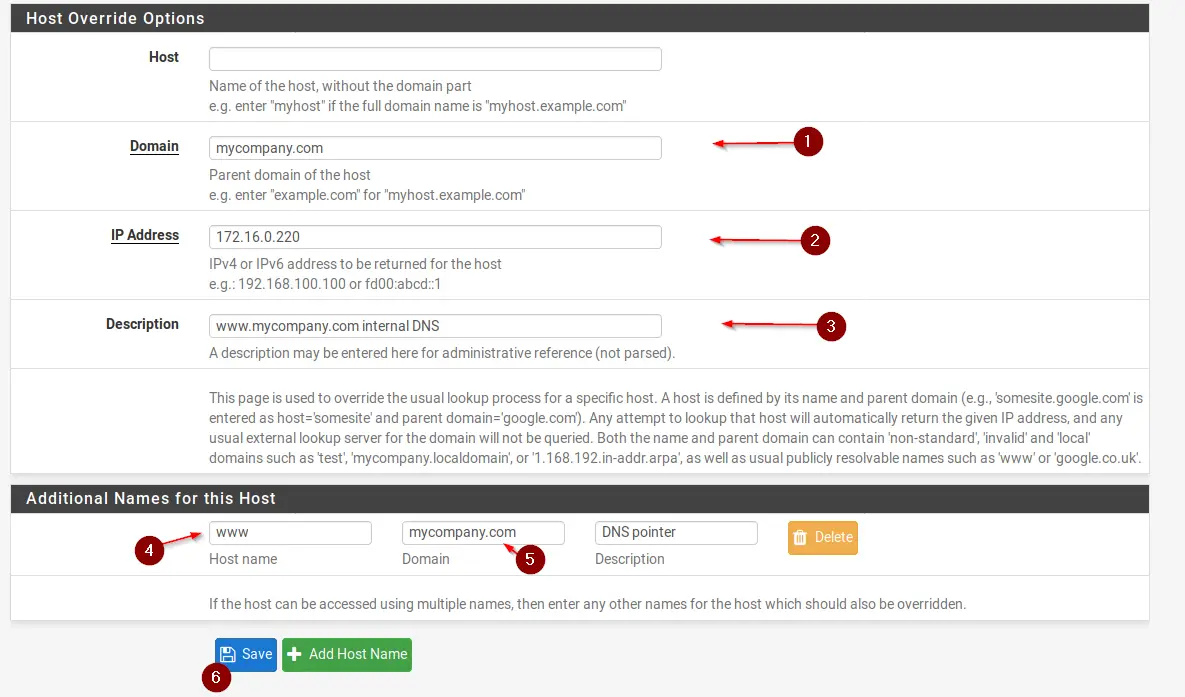How To Add Host Overrides To Pfsense Dns Resolver Configuration
In this tutorial, you will acquire what Domain Overrides are and how they piece of work. You volition also learn well-nigh Host Overrides and how to set up these upwardly using the pfSense firewall. Domain overrides are an important feature when configuring DNS servers.
Table of Contents
- What are Domain Overrides
- nslookup without Domain Override
- nslookup with Domain Override
- Setting up Domain Overrides
- Host Overrides
- Wrapping up
👀 This Tutorial has some related Manufactures!
👉 The Complete pfSense Fundamentals Bootcamp
👉 Install pfSense from USB – The Complete Guide
👉 Install pfSense on VirtualBox
👉 The Complete pfSense OpenVPN Guide
👉 The Complete pfSense DMZ Guide
👉 Generate SSL Certificates for HTTPS with pfSense
👉 The Complete pfSense Squid Proxy Guide (with ClamAV!)
👉 pfSense Site-to-Site VPN Guide
👉 pfSense Domain Overrides Fabricated Like shooting fish in a barrel
👉 pfSense Strict NAT (PS4,PS5,Xbox,PC) Solution
👉 The Best pfSense Hardware
👉 Traffic Shaping VOIP with pfSense
👉 pfSense OpenVPN on Linux – Setup Guide
👉 pfSense Firewall Rule Aliases Explained
👉 Email Notifications with pfSense
👉 pfSense DNS Server Guide
What are Domain Overrides
To put information technology in one sentence, Domain Overrides are used to configure specific DNS Servers for particular domains. For instance, let's presume the following setup:
- pfSense: 192.168.ane.i – DNS Server for your local network
- Windows Server: 172.16.0.10 // Advert Domain: mycompany.com
Now y'all want to forrad every request that goes to mycompany.com to the IP of your Windows Advertising Server with the IP of 172.16.0.10. If you would run this setup without a Domain Override and y'all want to look up a hostname residing in the domain like server.mycompany.com, you lot would become a Host server.mycompany.com not establish: 3 (NXDOMAIN) error.
I'll demonstrate it with an example of one of my own servers:
nslookup without Domain Override

nslookup with Domain Override

As you tin can encounter, after setting the Domain Override pfSense frontwards the request to the Domain Proper name Server. So how to fix up a Domain Override?
⚠️ If you would like to larn more about pfSense, I highly recommend you check out my pfSense Fundamentals Bootcamp over at Udemy. This is the about up-to-appointment as well every bit the highest-rated pfSense course on Udemy.
Setting upwardly Domain Overrides
It'southward child'due south play. Merely navigate to Services / DNS Resolver, ringlet all the way to the bottom and click on +Add underneath Domain Overrides. Now y'all got to enter your Domain Name and the IP Accost of your Domain Controller or DNS Server you want to forward your queries to. Click on Save and Utilize Changes.

If you did everything correctly, yous tin can verify your settings:

And that's all there is to information technology, easy, right?
Now, while we are at information technology, allow'due south also cover Host Overrides, you have probably seen the pick right above Domain Overrides already.
Host Overrides
Host Overrides are used to configure how a specific hostname is resolved past pfSense's DNS Resolver. One utilise-case would be split DNS, so you can resolve your Public DNS hostnames to private IP Addresses, and so you can eliminate the demand for NAT reflection.
Let'due south assume nosotros have a website hosted on another local network with the Subnet of 172.16.0.0/24. The website address is www.ourcompany.com and resolves to 172.16.0.200. Without NAT reflection, clients in our local 192.168.i.0/24 Subnet will not be able to reach the website. Then what we need to do is, we need to create a host override on our local 192.168.1.0/24 Subnet for www.ourcompany.com pointing to its IP Address of 172.xvi.0.200.
Let's visualize it to understand it better.
Navigate to Services / DNS Resolver and scroll down to the bottom. Underneath Host Overrides, click on +Add together.

Wrapping up
Once you wrapped your head around it, it's pretty straightforward and easy to understand. Domain and Host Overrides are useful tools within pfSense, peculiarly if y'all run your firewall in a corporate environment. Are you using Domain and Host Overrides? Let me know in the comment section below.
Source: https://www.ceos3c.com/pfsense/pfsense-domain-overrides-explained/

0 Response to "How To Add Host Overrides To Pfsense Dns Resolver Configuration"
Post a Comment